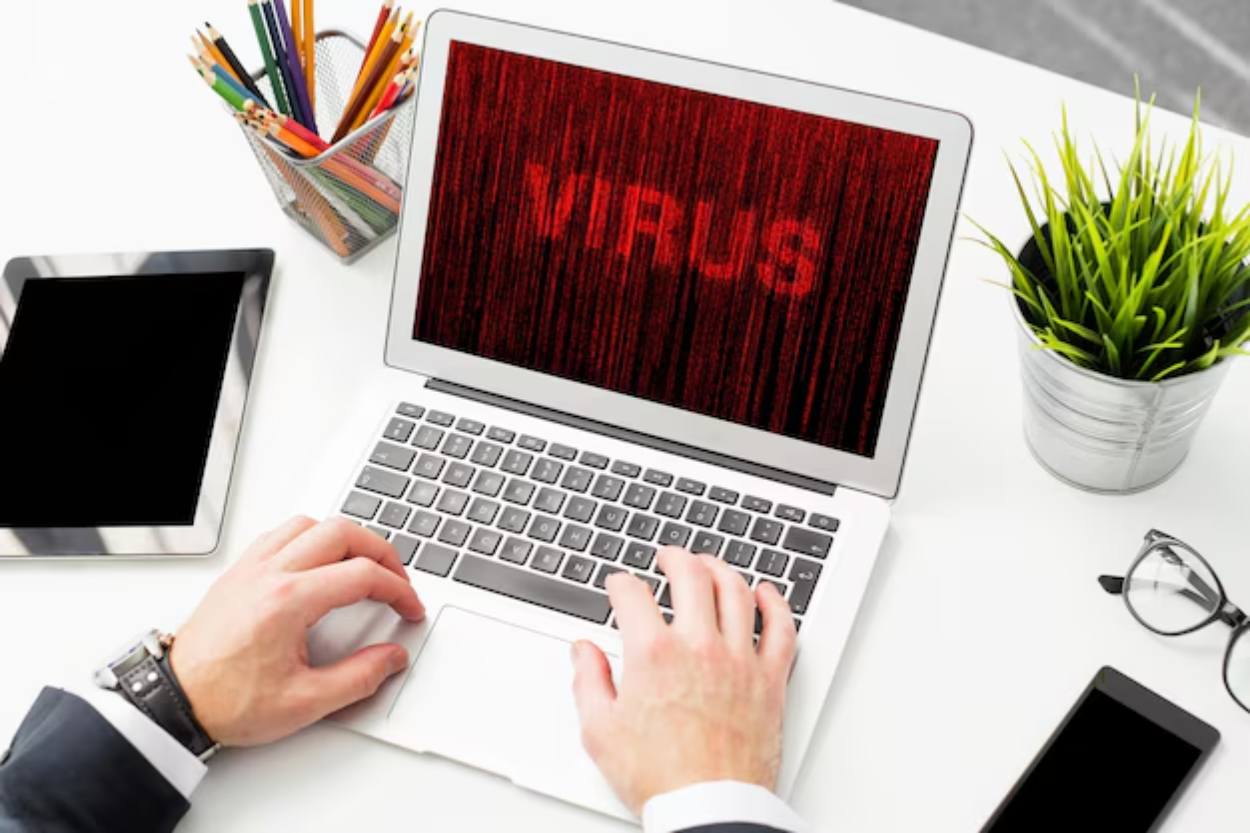From Trojans to Ransomware: Malware Threats Explained Simply

Computer viruses have evolved far beyond the simple bugs of the early internet that mainly caused annoyance rather than serious harm. What started as pranks and experiments has transformed into sophisticated criminal enterprises using technology to extract money, steal identities, and cause genuine damage to individuals and businesses alike.
Today’s cyberattacks use sophisticated tools to steal data, lock files, or spy on users in ways that would’ve seemed like science fiction just decades ago. The creativity and complexity of modern threats mean staying informed isn’t optional anymore; it’s essential for anyone using computers, phones, or connected devices in daily life.
Knowing the types of malware and how they operate helps you stay safe online without needing a computer science degree. Breaking down common malware in plain language makes these threats understandable so anyone can recognize warning signs, avoid risky behavior, and protect themselves from attacks that target everyday users just trying to check email or browse websites.
Viruses and Worms: How They Spread and Infect Systems
- Viruses attach themselves to legitimate programs or files, spreading when users run infected software or open corrupted documents. They need human action to propagate, relying on people unknowingly executing infected files that then replicate to other programs on the same system. Email attachments, downloaded software, and USB drives commonly carry viruses between computers.
- Worms differ by spreading automatically without human interaction, exploiting security vulnerabilities to move between connected systems. Once a worm infects one machine, it scans networks looking for other vulnerable devices to infect without anyone clicking or opening anything. This automatic propagation makes worms particularly dangerous because they spread rapidly across networks before anyone realizes an infection has occurred.
- Both viruses and worms can carry payloads performing malicious actions beyond just replicating themselves. Some delete files, corrupt data, or install additional malware that steals information or takes control of infected systems. Modern variants combine spreading mechanisms with sophisticated attacks that do real damage rather than just annoying users with pop-ups or slowed performance.
Trojans and Spyware: Hidden Programs That Steal Data

- Trojans disguise themselves as legitimate software, tricking users into installing malicious programs, thinking they’re getting practical applications or security updates. The name comes from the Greek myth where soldiers hid inside a wooden horse, and modern trojans work similarly by hiding malicious code inside seemingly innocent programs. Once installed, they open backdoors allowing attackers remote access or deploy other malware.
- Spyware operates silently in the background, monitoring activities and stealing information without obvious symptoms alerting victims to infection. Keyloggers record everything typed, including passwords and credit card numbers, while other spyware tracks browsing habits, captures screenshots, or accesses cameras and microphones. This surveillance happens invisibly, with victims having no idea their private information is being collected and transmitted to attackers.
- Detection and removal challenge average users because these threats hide themselves and often reinstall if removal attempts miss components. Spyware particularly embeds deeply into systems, using rootkit techniques that make it nearly invisible to basic antivirus software. Professional security tools and sometimes complete system reinstalls become necessary for thorough removal after serious infections take root.
Ransomware: Locking Your Files for Payment
- Ransomware encrypts files, making them inaccessible, then demands payment for decryption keys that might or might not actually work. Victims discover their documents, photos, and important files are suddenly locked with messages demanding hundreds or thousands of dollars, usually in cryptocurrency that’s difficult to trace. Modern ransomware spreads through phishing emails, malicious downloads, or exploiting unpatched security vulnerabilities.
- Payment doesn’t guarantee file recovery because criminals sometimes take money without providing working decryption keys. Even when decryption works, paying encourages attacks and funds criminal operations that will continue targeting others. Law enforcement and security experts universally recommend against paying ransoms, though desperate victims facing lost irreplaceable data sometimes pay anyway, hoping to recover files.
- Prevention through backups and security updates matters more than any after-infection solution because ransomware can permanently destroy data when decryption fails. Regular backups stored offline or in cloud services separate from your central system provide recovery options without paying criminals. Keeping software updated closes vulnerabilities that ransomware exploits to gain initial access before encryption begins.
How to Protect Yourself From Modern Malware
- Security software provides essential protection through real-time scanning that catches malware before it can infect occurs system. Quality antivirus and anti-malware programs detect threats based on signatures, behavior patterns, and heuristic analysis, identifying suspicious activities even from new, previously unknown malware. Free options exist, but paid security suites offer better protection and additional features worth their modest costs.
- Software updates patch vulnerabilities that malware exploits to infect systems, making updates a critical security measure rather than just adding new features. Attackers constantly search for and exploit known vulnerabilities in outdated software, targeting users who ignore update notifications. Enabling automatic updates ensures systems stay protected without relying on users remembering to update every application and operating system component manually.
- Safe browsing habits prevent infections by avoiding risky websites, not clicking suspicious links, and questioning unexpected email attachments, even from known senders. Most malware requires user action to activate, so skepticism and caution protect against social engineering that tricks people into executing malicious code. When something seems off or too good to be true, it probably is, and clicking away or deleting suspicious messages beats risking infection.
Conclusion
Key malware types operate differently but share common goals of stealing data, extorting money, or causing damage that harms victims. Viruses and worms spread infections, trojans and spyware steal information secretly, and ransomware holds files hostage for payment. Understanding these threats helps recognize and avoid them before damage occurs.
Safe browsing, updates, and security software provide layered protection that keeps most malware from succeeding. No single solution is perfect, but combining good habits with quality security tools dramatically reduces infection risks. Staying informed and cautious protects you far better than ignoring threats and hoping luck keeps you safe.
